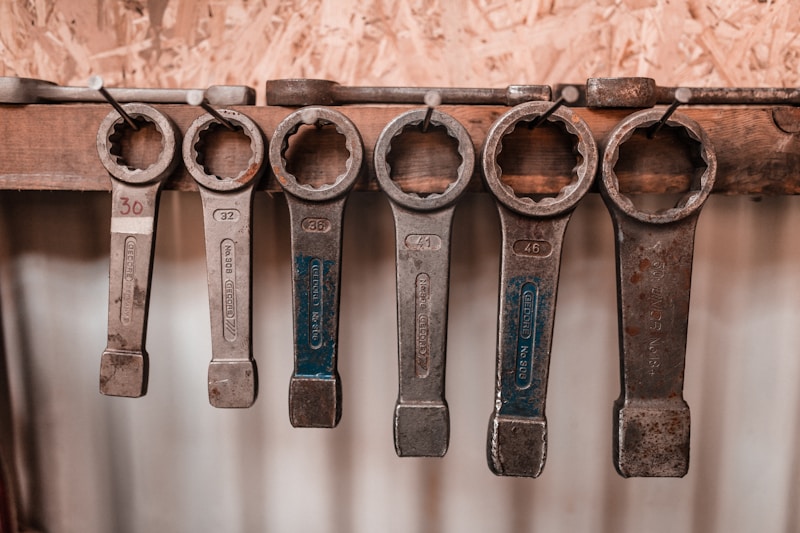Questions and Answers
Where is DNA located in the body?
Inside the nucleus of cells
What are chromosomes composed of?
Tightly bound packages of DNA
Which statement about genes is true?
Genes are stretches of DNA that tell cells how to build proteins
What can lead to genetic mutations?
Signup and view all the answers
What can cells do when genetic mutations occur?
Signup and view all the answers
What is the function of DNA in cells?
Signup and view all the answers
How is a strand of DNA structured?
Signup and view all the answers
What are the chemical bases in DNA?
Signup and view all the answers
What does the sequence of base pairs in DNA determine?
Signup and view all the answers
Approximately how many bases does human DNA have?
Signup and view all the answers
Study Notes
DNA Location in the Body
- DNA is primarily located in the cell nucleus, organized within chromosomes.
- Smaller amounts of DNA can also be found in mitochondria, known as mitochondrial DNA.
Composition of Chromosomes
- Chromosomes are composed of tightly coiled DNA and associated proteins called histones.
- This structure allows DNA to fit within the cell nucleus, while also regulating gene expression.
Truth About Genes
- Genes serve as the instructions for producing proteins and dictate various biological functions.
- Each gene occupies a specific location on a chromosome.
Causes of Genetic Mutations
- Genetic mutations can result from environmental factors, such as radiation and chemicals, or biological factors, such as errors in DNA replication.
- Inherited mutations passed from parents to offspring also contribute to genetic variation.
Cellular Response to Genetic Mutations
- Cells can either repair mutations through various repair mechanisms or undergo apoptosis (programmed cell death) if the damage is irreparable.
- In some cases, mutations may lead to cancer if they occur in genes that regulate cell division.
Function of DNA in Cells
- DNA stores the genetic blueprint that guides cell development, functioning, and reproduction.
- It plays a crucial role in heredity by passing traits from one generation to the next.
Structure of a DNA Strand
- A DNA strand has a double helix structure, resembling a twisted ladder.
- The backbone consists of alternating sugar (deoxyribose) and phosphate groups, while the rungs comprise pairs of nitrogenous bases.
Chemical Bases in DNA
- The four chemical bases in DNA are adenine (A), thymine (T), cytosine (C), and guanine (G).
- Base pairing occurs specifically between adenine and thymine, and between cytosine and guanine.
Determinants of Base Pair Sequence
- The sequence of base pairs in DNA encodes the information necessary for building proteins and influencing traits.
- It determines the specific traits and biological processes of an organism.
Approximate Number of Bases in Human DNA
- Human DNA contains approximately 3 billion base pairs.
- This extensive sequence encodes the vast diversity of human traits and biological functions.
Studying That Suits You
Use AI to generate personalized quizzes and flashcards to suit your learning preferences.
Description
Explore the intricacies of DNA and its importance in living organisms. Learn about the role of DNA in protein production and its significance in the functioning of cells.




